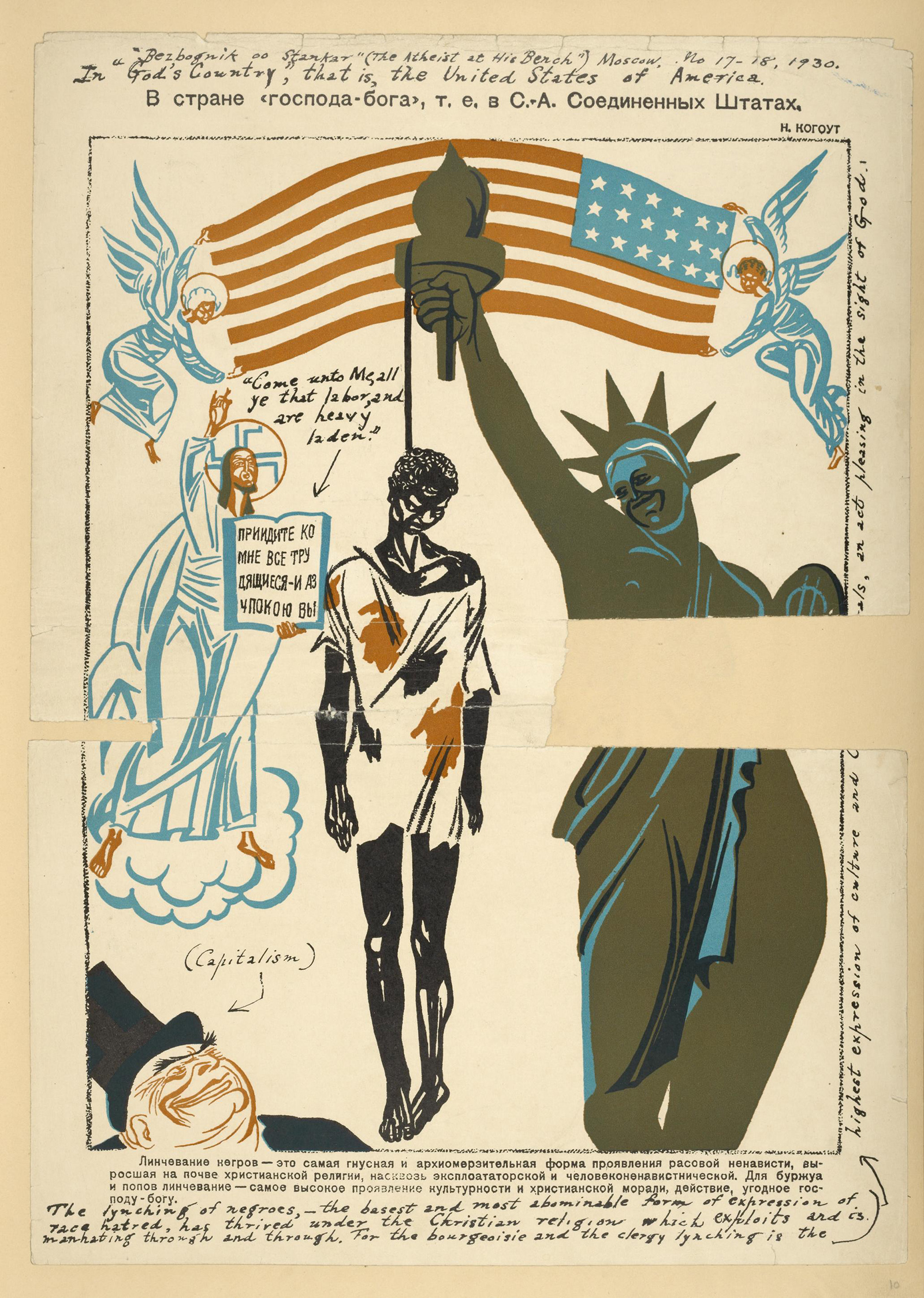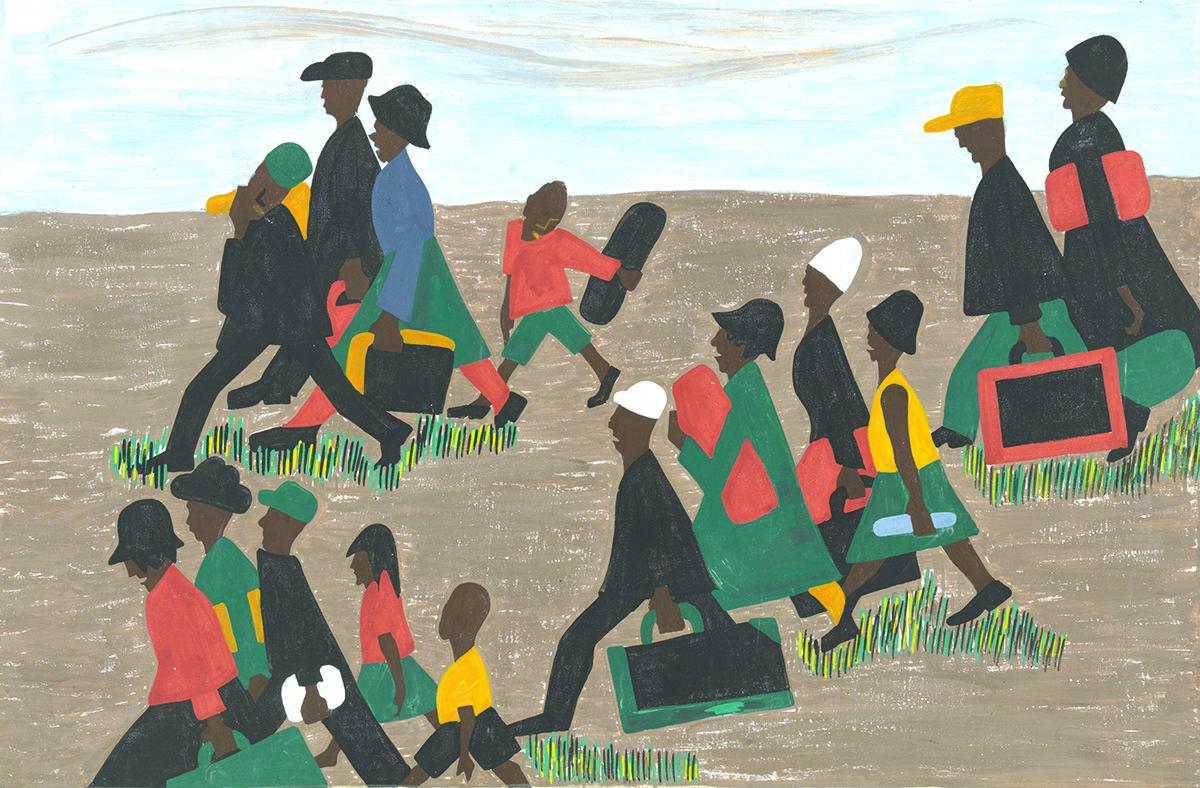Obviously, racial inequality in the U.S. was a real problem for America’s self-image in the early Cold War. Presidents like Dwight D. Eisenhower and John F. Kennedy especially wrestled with striking a balance between presenting the U.S. as a place of racial equality while maintaining the support of their white base. Both presidents were concerned that they might appear too ”radical” if they adopted a too progressive approach. In some circles, an advanced civil rights approach was even labeled as sympathetic toward communism. In the context of the Cold War, both the U.S. and the USSR saw the world as their audience. They were, in effect, competing with one another for influence. Third-world countries (many of which were racially diverse) found themselves torn between allying themselves with either the soviet union or the U.S. to help persuade many of these third world countries, propaganda from the soviet union or the U.S. was used to make them selves appear racial diverse and accepting. For example, One propaganda poster from 1948 depicts an African American male tied up after being beaten. In the background is the Statue of Liberty and at the bottom the caption reads: ”Under capitalism”. Even stamps were used for propaganda purposes. Another propaganda image depicted joyful Soviet citizens of all races and backgrounds linking arms and marching together underneath the hammer and sickle. Yet another poster from 1932 reads: ”Workers from all countries and oppressed colonies raise the banner of [Soviet founder] Lenin.” In these posters, the Soviet Union sought to present itself as a bastion of racial harmony. 
Skip to content
A History of Black America
